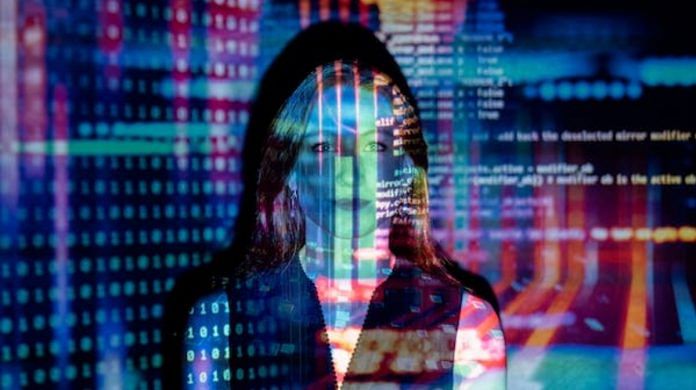Thank you dear subscribers, we are overwhelmed with your response.
Your Turn is a unique section from ThePrint featuring points of view from its subscribers. If you are a subscriber, have a point of view, please send it to us. If not, do subscribe here: https://theprint.in/subscribe/
any industry would be better off embracing new technologies in this day and age than ignoring them. One of those disruptive technologies, AI, is quickly altering how various industries are organised and run. It has come to the realisation that no one can actually ignore AI, even though no one is quite certain of the changes that could be sparked by AI joining their field.
News broadcasters in India have begun using AI news anchors to read out news bulletins. Sana, an AI anchor, was debuted by India Today, a national TV channel. Soundarya, another AI anchor, was unveiled by PowerTV, a channel in Karnataka, dressed in a saree. What this brings to the broadcasters is multiple advantages: one, it frees up their human anchor, and two, AI anchors can talk in multiple languages as AI bots are based on large language model (LLM) algorithms. This means that these algorithms use deep learning techniques and large data sets to understand, summarise, generate, and predict new content.
Modern-day chatbots like ChatGPT and Google’s Bard are called generative AI for the same reason. In a multilingual country, AI anchors with multilingual support are a huge advantage that can help increase the reach of channels. From the broadcaster’s side, they just have to feed the data for the bot to process. Even otherwise, these AI models can themselves collect, categorise, and present information on their own. This saves a lot of money, time, and ego issues at work.
For a regular news broadcaster, this frees up resources and gives them time to develop other stories. For aspirational anchors, this is a boon, as they don’t need to get into the repetitive job of reading out bulletins every day. AI also frees up anchors who use sign languages to present news intended for viewers with sensory disabilities. Also inevitable is downsizing; it will happen, but on the other side, there is precious time that can be saved for hard-working journalists and anchors with the introduction of AI bots. Despite these positives, the interpretations of news, particularly politically sensitive news, can cause serious headaches for the channel as the understanding abilities of humans and bots vary.
However, AI bots can do the job for you without any political partisanship or ego issues, which we cannot be sure of with human resources. The possibility of us consuming news completely generated, processed, and verified by a bot puts us in an ecosystem where there is no human intervention. Online media already uses such features. It is not to say intervention is not possible, but the flow of information is so fast today that the damage will already be done. This can further validate internet shutdowns, even if they happen frequently. Also, the legal remedies for any damage caused or for misinterpretations are going to be convoluted whenever any government or association of media comes up with them.
In a sensitive socio-political environment like India, accountability is a must for fake news or misinterpreted news, but who is to be held accountable here? Fact checkers are there and will keep growing, but none will come close to the actual truth because of the multiple interpretations that information goes through and the ability of AI to manipulate visuals.
Journalists and authors already use AI bots like ChatGPT for visuals, fact checking, historical contexts, and language improvement, taking us into a future where we become so unsure and insecure about our language and knowledge levels. Add to this the personal assistant Chatbots Alexa, Siri, and Google on our smartphones that listen to us and read out everything for us. Conversational AI’s potential is life-changing, especially for people with sensory disabilities, but the risk of us living in an AI ecosystem and them directing us cannot be reversed easily. Already, AI technologies like Voice cloning (which is already available as a feature in Apple’s Siri) and Deepfake technology are becoming too original to be identified as AI-generated. It should not be the case that whatever we see and hear from the outside world should only come from them. This will only reduce our abilities as humans and can increasingly erode trust levels in our society.
These pieces are being published as they have been received – they have not been edited/fact-checked by ThePrint.

